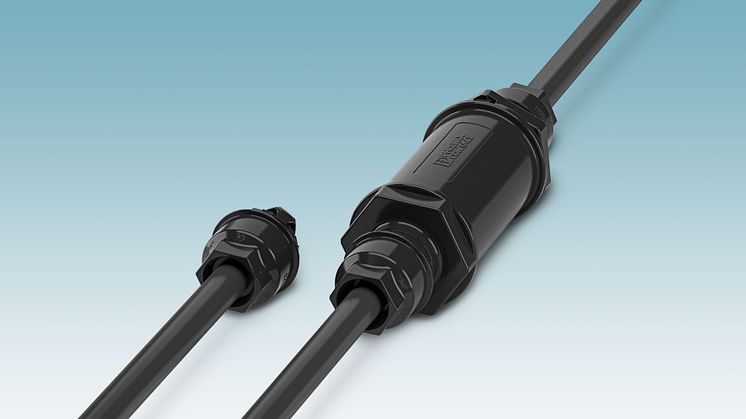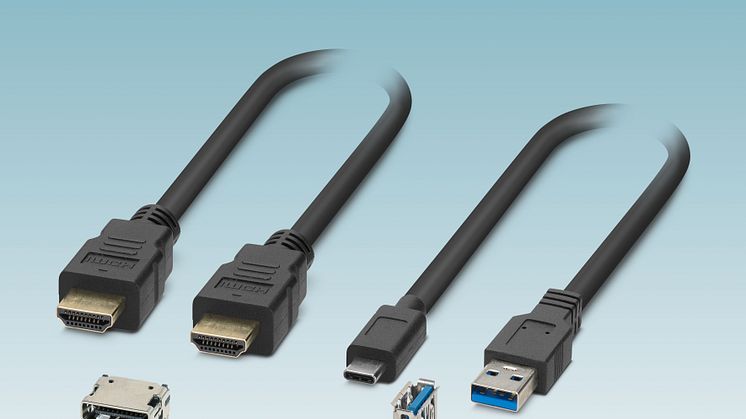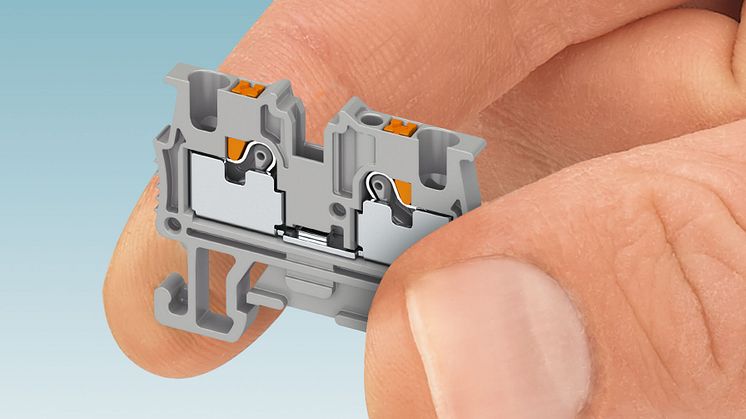Safe cabling work with new conductor connectors and protective caps
With PRC conductor connectors and protective caps, cabling work for superstructures and structural alterations can be performed reliably.

With PRC conductor connectors and protective caps, cabling work for superstructures and structural alterations can be performed reliably.

The multifunctional UCS WM-MP wall bracket from Phoenix Contact makes the UCS field housing system compatible with even more applications.

Phoenix Contact provides various heatsink solutions for ICS series electronics housings.

Phoenix Contact is supplementing the compact splice/distributor boxes in the FDX 20 series for DIN rail mounting with additional types of fibers and couplings.
Phoenix Contact is extending its portfolio of Onepair series data connectors for Single Pair Ethernet.

To meet the increased demand for more device interfaces, Phoenix Contact is continuously extending its portfolio of data connectors for reliable communication. New additions to the portfolio include PCB connectors and patch cables of USB type A and type C as well as HDMI type A.

The demands on connection technology performance are constantly increasing. By providing customised support, Phoenix Contact helps customers select connection components to ensure the highest possible signal integrity.

The Heavycon standard housings from Phoenix Contact are now also available with a resistant, coloured powder coating. This allows more individuality and flexibility in the realisation of machines and systems in customer-specific designs.

The terminal blocks in miniature format from Phoenix Contact can be conveniently wired and mounted in various ways in even the narrowest of spaces. Depending on the application, the miniature terminal blocks are available with Push-in or screw connection technology.

The Heavycon heavy-duty connectors from Phoenix Contact are used for cabling from the control cabinet through to the field level. Now the product range is being extended to include new fixed-position Push-in contact inserts with Click-in latching.

The new XTV terminal block family is the first product family with the new Push-X connection technology from Phoenix Contact. Compared to the existing Push-in connection technology, Push-X serves all conductor types in direct wiring without exception.

The new generation of highly compact Varioface Front Connect termination boards from Phoenix Contact supplements the cabling area between the remote I/O system and the field level.
